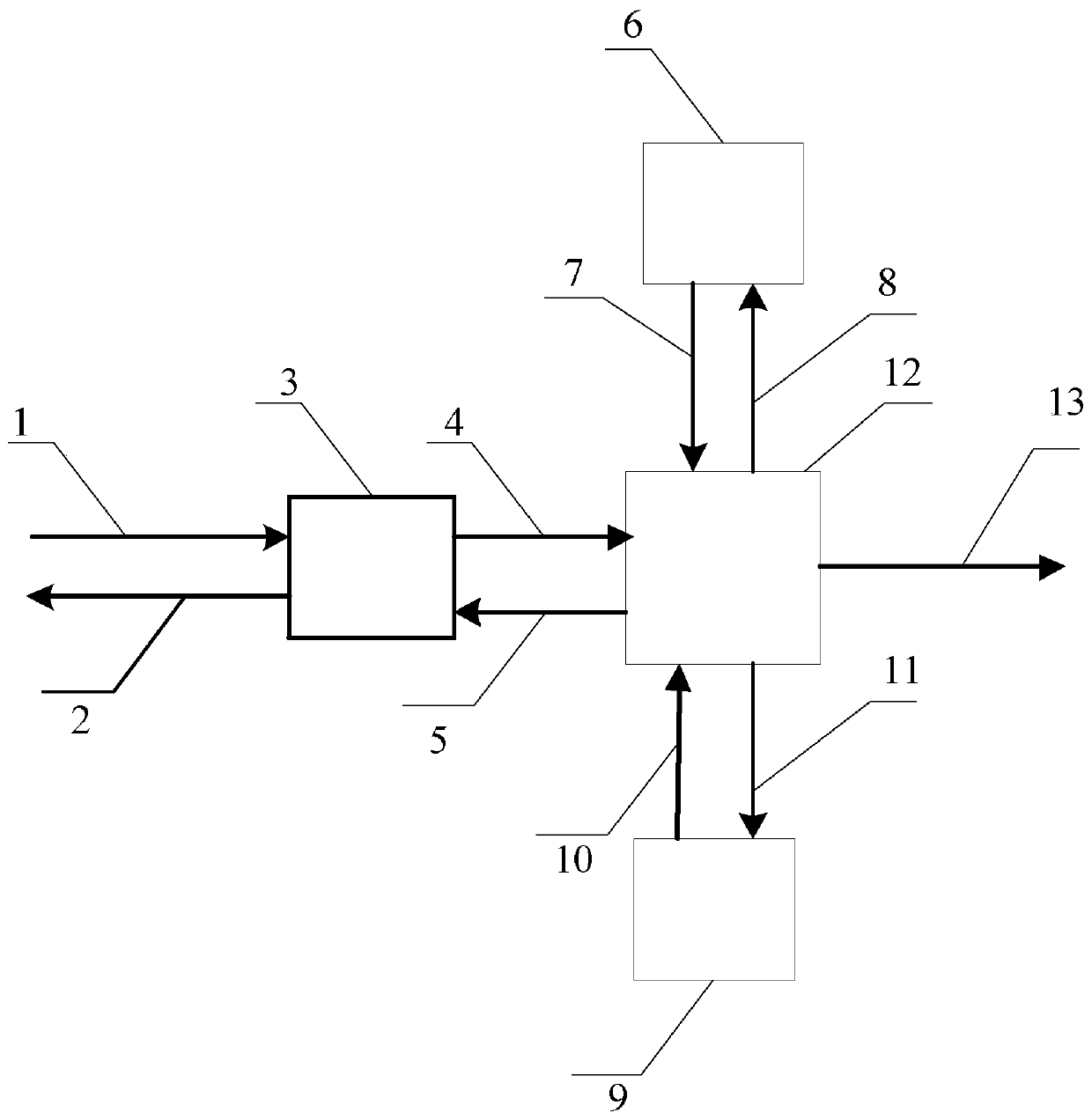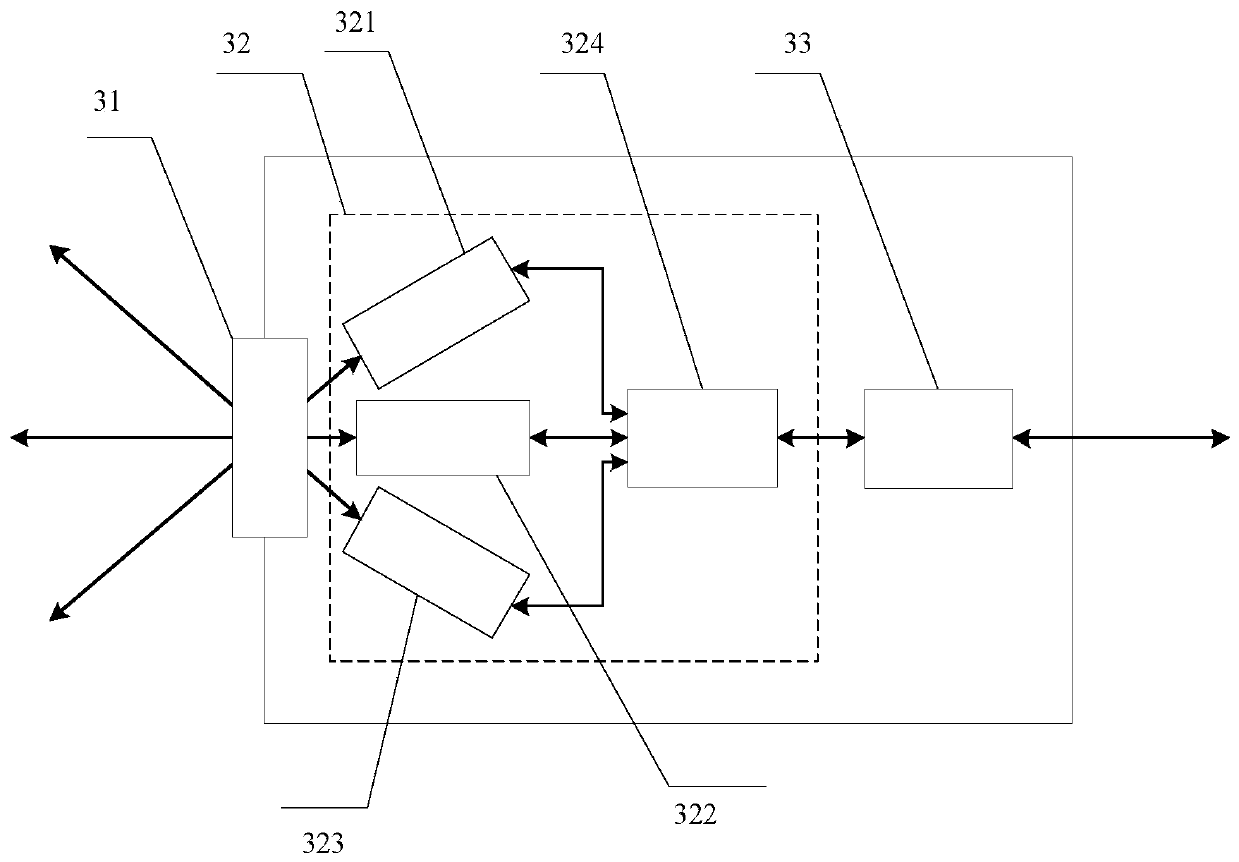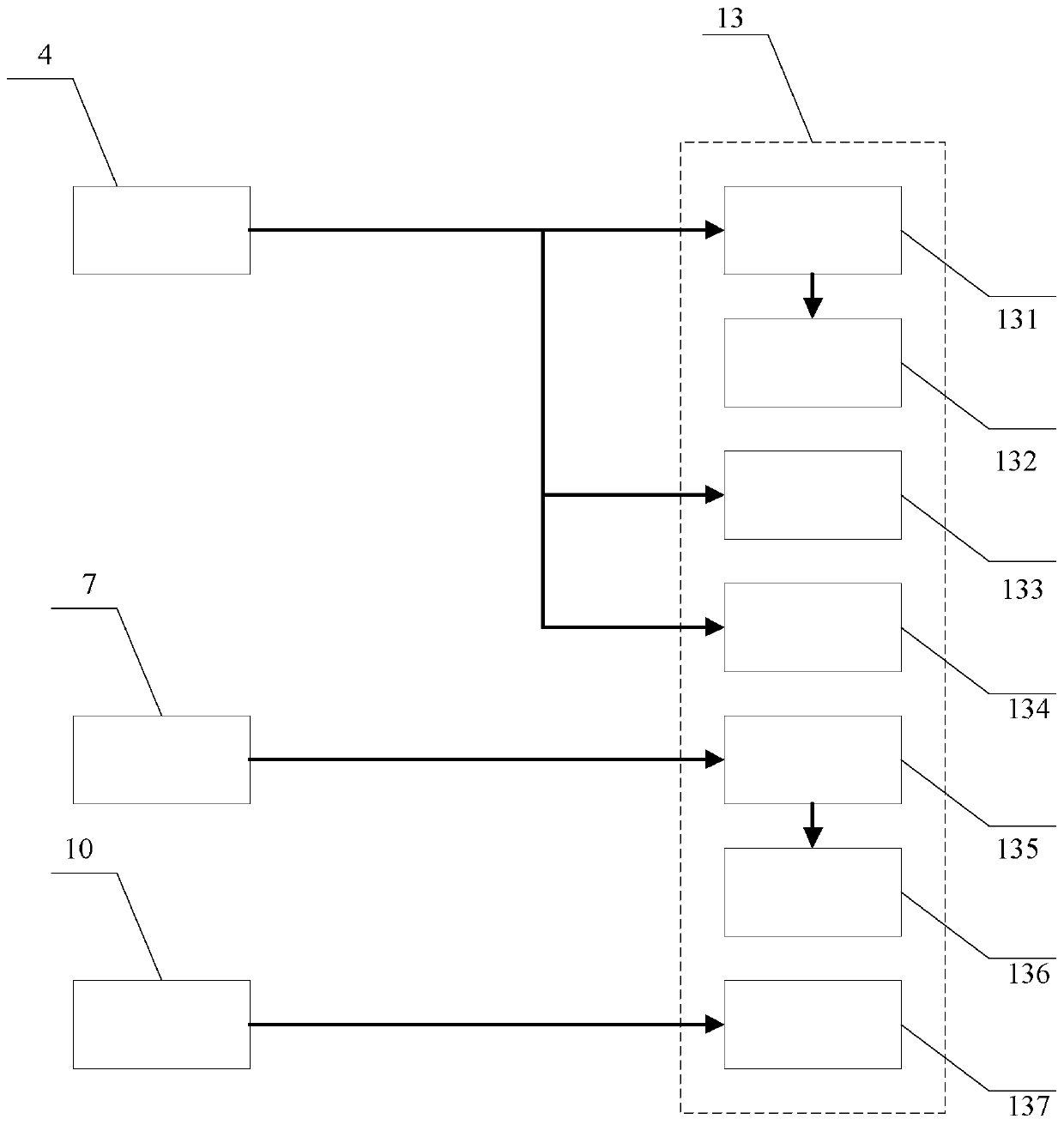Helicopter optical atmospheric data system
An atmospheric data and helicopter technology, applied in radio wave measurement systems, climate sustainability, electromagnetic wave re-radiation, etc., can solve the problems of low measurement accuracy, occupation of space resources, processing errors, etc., to achieve strong anti-interference ability, solution The effect of high calculation accuracy and strong penetration ability
- Summary
- Abstract
- Description
- Claims
- Application Information
AI Technical Summary
Problems solved by technology
Method used
Image
Examples
Embodiment Construction
[0026] refer to figure 1 . In a preferred embodiment of a helicopter optical air data system described below, the helicopter optical air data system includes: a sensor assembly 3, a static pressure sensor 6, a static temperature sensor 9 and a sensor assembly 12, characterized in that : Based on the laser Doppler wind radar principle of the coherent detection system, the sensor component 12 emits the laser light 5 to the sensor component 3, and the sensor component 3 emits the laser light 2 into the atmosphere, and receives the meter generated with the atmospheric aerosol particles Scattering signal 1 carrying Doppler frequency shift after scattering, the sensor component 3 uses multiple lenses to convert the scattering signal 1 into optical axis space velocity scattering laser signal 4, and sends it back to the sensor component 12 through the laser transmission link, for The scattered laser signal is processed, and the optical axis airspeed is calculated to the three-dimensi...
PUM
 Login to View More
Login to View More Abstract
Description
Claims
Application Information
 Login to View More
Login to View More - R&D
- Intellectual Property
- Life Sciences
- Materials
- Tech Scout
- Unparalleled Data Quality
- Higher Quality Content
- 60% Fewer Hallucinations
Browse by: Latest US Patents, China's latest patents, Technical Efficacy Thesaurus, Application Domain, Technology Topic, Popular Technical Reports.
© 2025 PatSnap. All rights reserved.Legal|Privacy policy|Modern Slavery Act Transparency Statement|Sitemap|About US| Contact US: help@patsnap.com



